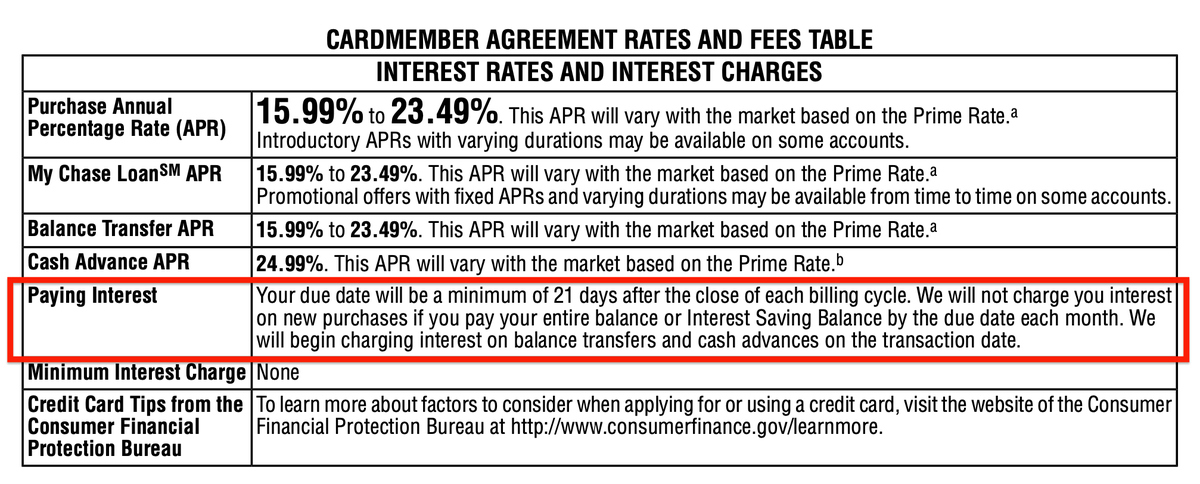Christy Rodriguez
Christy Rodriguez
Travel & Finance Content Contributor
90 Published Articles
Countries Visited: 36U.S. States Visited: 31
After having “non-rev” privileges with Southwest Airlines, Christy dove into the world of points and miles so she could continue traveling for free. Her other passion is personal finance, and is a cer...
Edited by: Keri Stooksbury
Keri Stooksbury
Editor-in-Chief
73 Published Articles 3699 Edited Articles
Countries Visited: 54U.S. States Visited: 28
Editing with Upgraded Points for over 6 years, as editor-in-chief, Keri manages the editorial calendar and oversees the efforts of the editing team and over 20 content contributors, reviewing thousand...
![Credit Card Grace Periods Explained [Chase, Amex, Citi, Capital One & More]](https://upgradedpoints.com/wp-content/uploads/2021/01/Man-shopping-with-credit-card-online-on-a-laptop.jpg?auto=webp&disable=upscale&width=1200)


![Chase Freedom® Credit Card — Full Review [2025]](https://upgradedpoints.com/wp-content/uploads/2019/11/Chase-Freedom-Card.png?auto=webp&disable=upscale&width=1200)
![Chase Sapphire Reserve Card – Full Review [2025]](https://upgradedpoints.com/wp-content/uploads/2025/06/Sapphire-Reserve.png?auto=webp&disable=upscale&width=1200)
![Chase Freedom Flex Card – Full Review [2025]](https://upgradedpoints.com/wp-content/uploads/2020/10/Chase-Freedom-Flex-Card.png?auto=webp&disable=upscale&width=1200)
